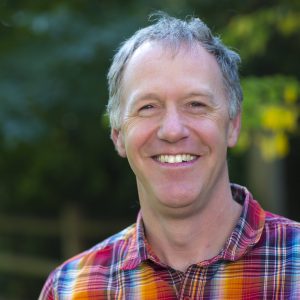On May 13, the Idaho Department of Fish and Game closed fishing for spring chinook along the Clearwater River due to very low returns. The very next day, IDFG closed or restricted the season on parts of the Salmon and Little Salmon rivers. Tragically for all Idahoans, this has been the norm for many years when it comes to our fish.
If we continue on this path, we may as well brace ourselves for the extinction of these amazing fish. Local communities and the many Idahoans who depend on these fish for their livelihoods are already hurting so they’ll continue to struggle or decide it’s not worth it and close up shop, severely impacting Idaho’s economy. The rest of us will be denied the chance to cast a line or watch these amazing creatures swim back to where they were born. Idaho’s salmon play a key role in supporting many species of wildlife and nourishing whole ecosystems, so their loss will be disastrous for the environment too.
The status quo simply is not working for our fish or Idaho.
Thankfully, Idaho Gov. Brad Little created a salmon workgroup where Idahoans with diverse interests from all across the state meet to discuss ideas to reverse this trend. I sit on this workgroup and I want to share with you my take on how things are going. I’m not speaking for the workgroup, and don’t presume to speak for others.
As I prepare to attend the 9th workgroup meeting later this month, I’d like to note the real progress that I feel we’ve made in coming to common agreement about what we are trying to accomplish.
The workgroup has adopted goals for Idaho’s fish that aim for levels of healthy and harvestable abundance, above and beyond mere survival.
Idaho’s salmon and steelhead are being driven to extinction by a combination of many things, and in discussions, workgroup members are advocating that we must address all of these causes. This means tackling the “4 Hs” — habitat, harvests (fishing), hatcheries, and hydropower (dams) — and also predators and ocean conditions.
Some of these causes (like habitat) are in Idaho and some of these factors (like dams) are downstream in other states.
I’m encouraged by real progress and agreement among workgroup members that we seek to restore wild salmon and steelhead to real abundance, that we need to look broadly at all of the causes of decline, and that we need to work on issues in Idaho and also outside of our state.
That said, we still have much work to do and we don’t have agreement yet on many things. We have discussed the need to make the lower Snake River safer for fish as they migrate from Idaho to the ocean and back, but we have not yet found consensus on how. Science tells us that fish need a healthy, flowing river. Some are unconvinced by this and worried about what dam removal could mean to the interests they represent. These are good discussions to be having.
My experience on this workgroup has given me hope and affirmed for me that when Idahoans sit down and talk, opportunities open up. In this spirit of cooperation, I urge fellow members of Gov. Little’s salmon workgroup to keep working to find agreement on the bold actions needed for salmon and steelhead, and for Idahoans.
Hopefully, when our workgroup wraps up at the end of the year we will put forth a series of recommendations that can restore Idaho’s salmon and steelhead, and Gov. Little will accept them. But having a plan is only part of the struggle. For our fish to be restored, the plan needs to be implemented.
Some members of the workgroup have joined with regional electric utilities and conservation organizations in sending a letter to the four governors of Idaho, Oregon, Washington and Montana asking them to further support and help advance a solutions-based conversation on how to save our fish. This is a call for regional leadership.
I also support asking Gov. Little to work with the region’s other governors to move toward a bold solution that not only recovers Idaho’s salmon and steelhead, but also builds a new, green and affordable energy future for Idaho and the Northwest, and ensures farmers continue to prosper as a result of new, regional investments in our collective future.
By recognizing our diverse interests and working together, we can bring back Idaho’s fish and support communities — ensuring a brighter future for all the people of Idaho and the region. I hope you’ll join us.

